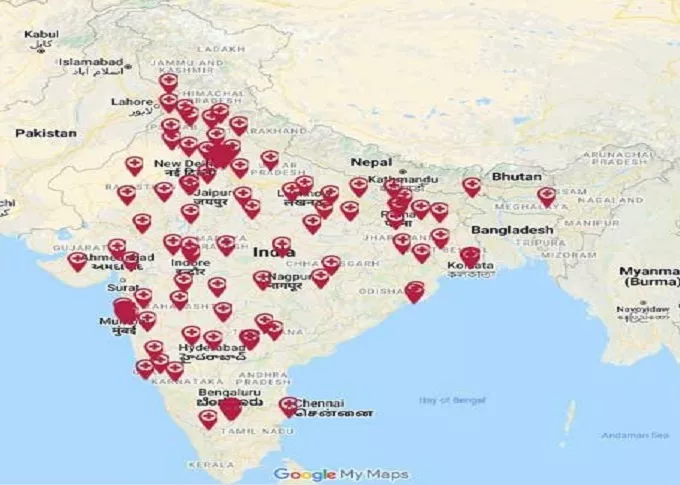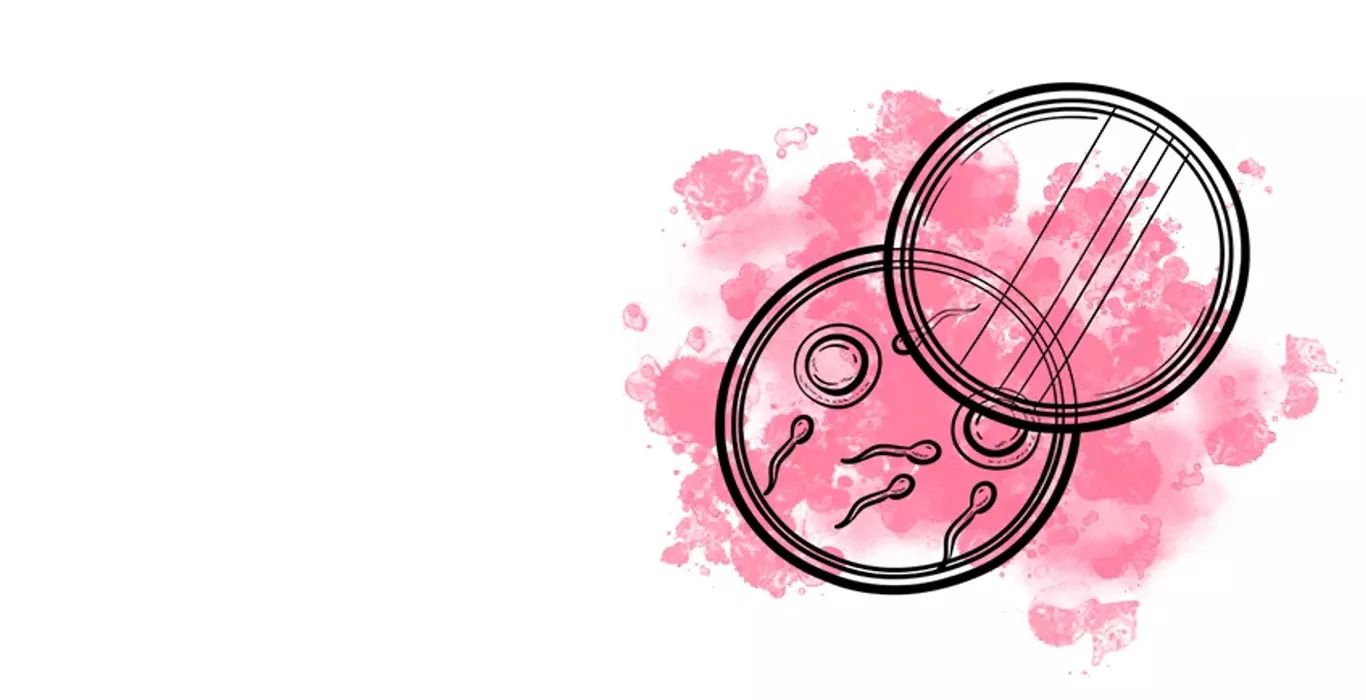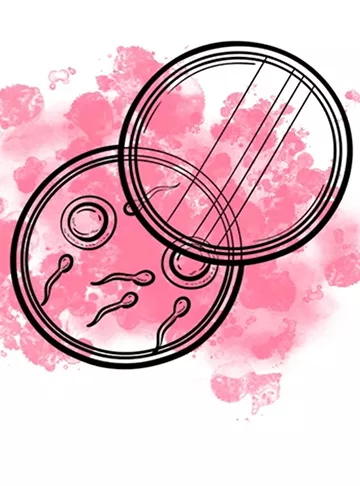What is Laser Assisted Hatching?
Laser-assisted hatching is an advanced technology used along with IVF treatment to increase the rate of successful implantation of the embryo.
If you have undergone IVF treatment, then probably you know that a fertilized egg cannot guarantee you a pregnancy. When the embryo is transferred to a woman’s uterus it needs to implant on the wall of the uterus to achieve a successful pregnancy. Sometimes the embryo fails to hatch and implant, resulting in IVF failure.
If you are experiencing IVF failure due to unexplained reasons or poor prognosis with IVF treatment, you will be directed to laser-assisted hatching. The goal of LAH is to overcome all the odds that are preventing implantation or successful pregnancy.
During the IVF procedure, fertilized eggs are kept in the lab for 2 to 5 days, allowing them to divide and develop into an embryo. A healthy embryo is then placed in a woman’s uterus to achieve pregnancy. During this process of development, the embryo gets surrounded by a protective shell called zona pellucida. For implantation to happen, this protective shell breaks out naturally. But in some cases, the outer layer of the embryo hardens, making it difficult to hatch and implant. It becomes one of the reasons for infertility in women.
In laser-assisted hatching, a small crack is created before inserting the embryo in your uterus in the hope that this hatching helps in implantation of the embryo. This procedure helps in successful implantation leading to pregnancy.
Pregnancy Calculator Tools for Confident and Stress-Free Pregnancy Planning
Get quick understanding of your fertility cycle and accordingly make a schedule to track it
Get a free consultation!















